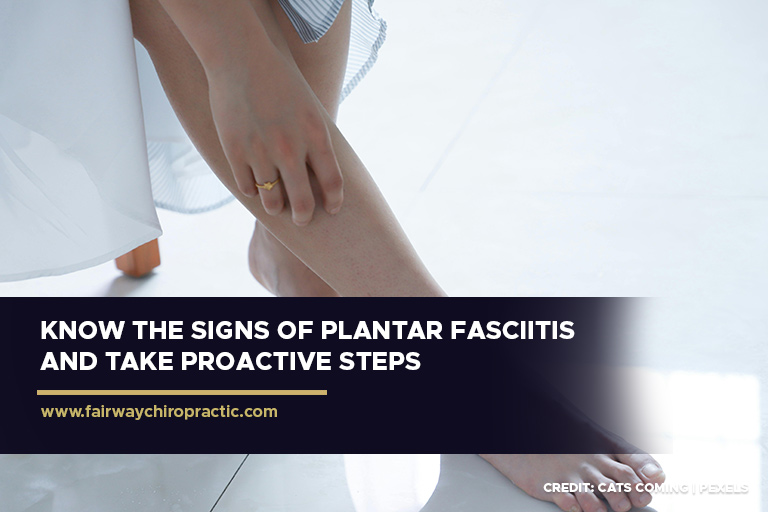Plantar fasciitis is a common foot condition. A study on the disorder notes that “Plantar fasciitis occurs in about 10% of the general population, with 83% of these patients being active working adults between 25 and 65 years.”
It causes pain in the heel and arch and can significantly impact your daily life. Every step can feel like a stab, making even simple activities like walking or climbing stairs a chore. If you’re struggling with plantar fasciitis, you’re not alone.
Millions experience this discomfort, but there are ways to find relief. One effective self-care method is using a lacrosse ball for self-myofascial release.
What Is Plantar Fasciitis?

The plantar fascia is a thick band of tissue that runs along the bottom of your foot, connecting your heel to your toes and supporting the arch. Repetitive stress or overuse can irritate and inflame this tissue, leading to the characteristic pain of plantar fasciitis. This condition is often associated with runners, athletes, and those who spend long hours standing on hard surfaces.
Signs and Symptoms
Here are some key signs that you might have plantar fasciitis:
- Sharp pain in the heel or arch, especially when taking the first steps in the morning or after long periods of sitting.
- Pain that worsens with activity and improves with rest.
- Tenderness to the touch on the bottom of your foot near the heel.
How Lacrosse Ball Release Works
A lacrosse ball, with its firm yet slightly yielding surface, is a valuable tool for self-myofascial release, a technique that targets trigger points and tight muscles. By applying pressure to specific areas of your foot and calf, a lacrosse ball can:
-
Increase Blood Flow
Improved circulation helps deliver oxygen and nutrients to promote healing and reduce inflammation.
-
Break Down Adhesions
Adhesions are tight bands of fascia that can restrict movement and cause pain. Lacrosse ball massage can help loosen these restrictions and improve flexibility.
-
Deactivate Trigger Points
Trigger points are hyper-irritable spots in the muscle that can refer pain to other areas. Applying pressure to these points can help alleviate discomfort.
Lacrosse Ball Release for Plantar Fasciitis
Here’s a step-by-step guide on how to use a lacrosse ball for plantar fasciitis relief:
Preparation
- Find a quiet, comfortable space with a firm floor.
- Wear comfortable clothing that allows for easy movement.
- If needed, place a towel on the floor for additional padding.
Foot Massage
-
Arch Roll
Sit in a chair with your foot flat on the floor and a lacrosse ball underneath the arch. Gently roll your foot back and forth, applying pressure as tolerated. Focus on areas that feel tight or tender, holding for 10-20 seconds each. Repeat for 2-3 minutes on each foot.
-
Heel Release
Place the lacrosse ball under the base of your heel, where the plantar fascia attaches. Apply gentle pressure and roll your foot back and forth for 30-60 seconds.
-
Ball of Foot
Shift the ball to the ball of your foot and roll back and forth, focusing on any tight spots you may find.
Calf Massage
-
Calf Muscle
This video offers a quick fix using a lacrosse ball. We’ll target those trouble spots to boost flexibility and improve range of motion.
Don’t place the ball directly on your knee joint — find a spot slightly below. Squat down and squeeze the ball between your legs, starting at the outer calf and working your way in. Breathe deeply and hold for 10-15 seconds on any tender areas to release tension. Repeat on the other leg and move down your calf muscle.
This technique works wonders on tight hamstrings too.
-
Soleus Muscle
The soleus muscle is the deeper calf muscle located underneath the gastrocnemius (the larger calf muscle). To target this muscle, place the ball between your calf and shin bone and roll back and forth for 1-2 minutes per calf.
More Important Tips
- Breathe deeply throughout the process. The pain should be a tolerable pressure, not sharp.
- If the pressure is too intense, use a tennis ball or a rolled-up towel instead.
- Be consistent. Perform these exercises daily for optimal results.
- Consider using a frozen water bottle for a cold massage after the rolling if your feet feel particularly inflamed.
Considerations
While lacrosse ball release can be a powerful tool for managing plantar fasciitis, it’s not a one-size-fits-all solution. There are other options available for you:
-
Professional Diagnosis
Consult a doctor or podiatrist for a proper diagnosis and discuss the best treatment plan for you.
-
Rest
Reducing activities that aggravate your plantar fascia can help with healing.
-
Stretching
Regular stretching of the calves and plantar fascia can improve flexibility and reduce pain. This can lead to long-term relief.
-
Ice Therapy
Applying ice packs to the affected area for 15-20 minutes at a time can help reduce inflammation.
-
Anti-Inflammatory Medication
Over-the-counter pain relievers can help manage pain and inflammation.
-
Orthotics
Custom orthotics can provide support and improve the alignment of your foot.
-
Supportive Footwear
Invest in shoes that offer good arch support and adequate cushioning.
-
Physical Therapy
A physical therapist can design a personalized exercise program to improve flexibility, strength, and balance in your foot and ankle.
-
Chiropractic Care
Consider consulting a chiropractor for spinal adjustments that can improve overall foot health and function.
By incorporating lacrosse ball release into your routine, you can experience significant relief from plantar fasciitis pain. Remember, consistency is key. If the pain persists or worsens, don’t hesitate to seek professional advice. For additional guidance and support with plantar fasciitis, contact Fairway Chiropractic Centre today.
Call us at 519-748-5535.










